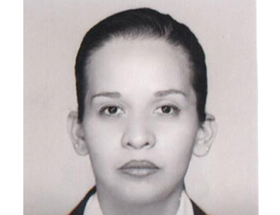
Head and neck cancer treatment restricts oral intake and conditioning malnutrition. Adequate nutritional support during treatment can limit the impact of side effects. To describe EORTC QLQ-C30 role for malnutrition risk screening in head and neck cancer patients. Analytical and cross-sectional, diagnostic test study in head and neck cancer patients. We correlated malnutrition diagnosis with subjective global assessment (SGA) and score for the EORTC QLQ-C30 scales with Pearson and Spearman correlation. We realized COR (Receiver Operating Characteristic) curves to calculate cut point in the score for the EORTC QLQ-C30 scales; we calculated sensitivity, specificity, positive predictive value, negative predictive value and Odds Ratio through logistic regression. Functional scales (role, physic, global health status/QoL) showed limited utility to malnutrition risk estimation in people with head and neck cancer. Symptoms' scales with strong association were: pain (sensitivity 76.47%, specificity 69.23%), insomnia (sensitivity 88.24%, specificity 53.85%), fatigue (sensitivity 70.59%, specificity 76.92%). EORTC QLQ-C30 questionnaire is a useful tool to early malnutrition diagnosis in head and neck cancer patients with short term results in nutritional condition, treatment response and a better QoL in this kind of patients.








